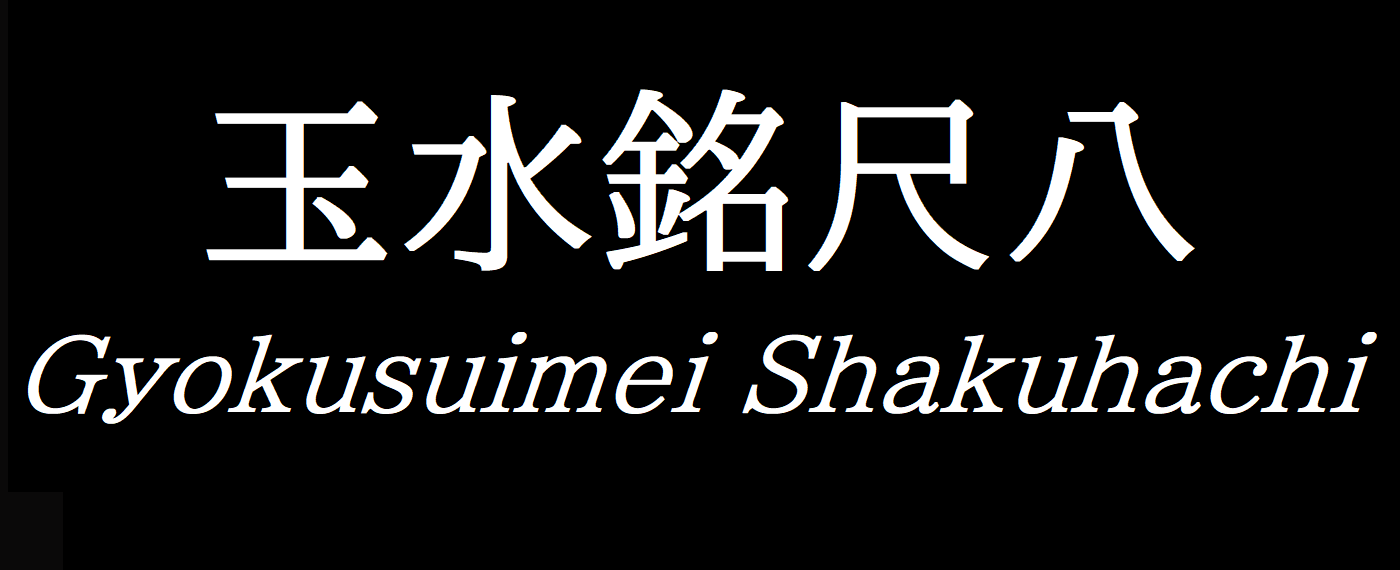Two Stamped Myoan Fuke Shakuhachi(明暗普化尺八/虚無僧尺八)
It’s been five years since I started using two Hanko on the Myoan Fuke-Shakuhachi. (Also known as Komuso Shakuhachi)
Occasionally I was asked by people who practice Shakuhachi for their religion if I could make an authentic flute to reflect the original element of the Koen-Honkyoku (古典本曲). Unlike modern music we know, Koten-Honkyoku were written for Shakuhachi that had a distinctive pitch. It is believed that back then it was more essential for a piece of Shakuhachi to be a certain shape rather than being at a certain pitch. The more I learned about it, the more I became enchanted with the idea of recreating those traditional Japanese flutes. In time I started making authentic Myoan Fuke-Shakuahchi by following the criteria that were passed down at temples for generations.
The Criteria of Myoan Fuke-Shakuhachi
一、 The length has to be exactly 1 shaku 8 sun
二、 The blowing edge has to be Ubaguchi
三、 All the finger-holes have to be the same size
四、 It has to be Kuhanwari, Towari, or Tohanwari
五、 The pitch is decided by its Tsutu-ne (筒音)*
*Tsutu-ne is the fundamental, lowest note that a shakuhachi produces with all five holes covered. While the pitch of a modern Shakuhachi is normally 442hz to play with other instruments such as Koto and piano, the pitch of Myoan Fuke-Shakuhachi is lower and varies from a piece to piece.
